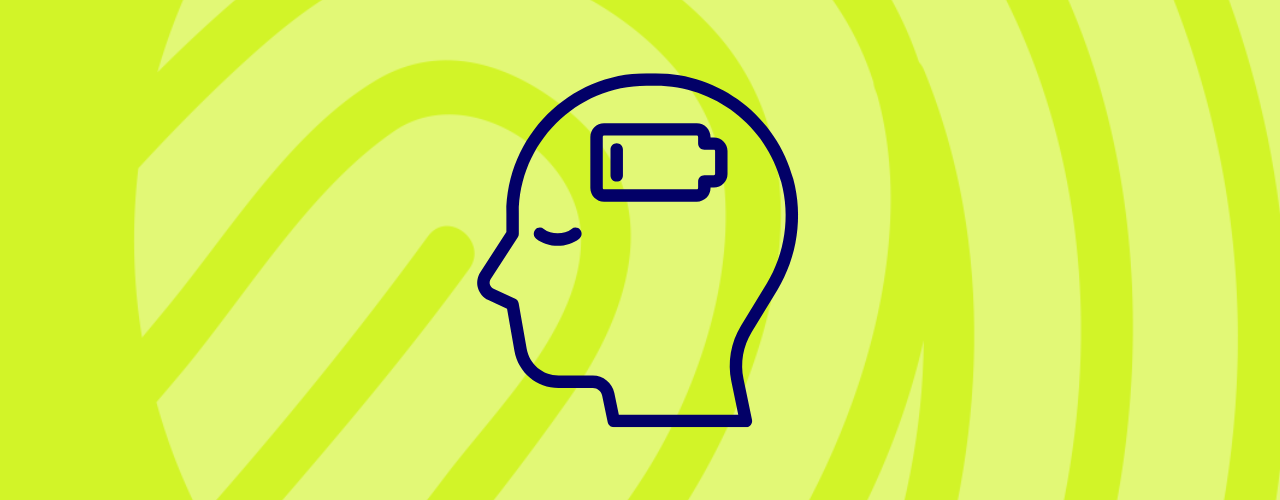Login
Your link will open in a new tab
If this has not happened, please click here
If this has not happened, please click here

Workplace burnout has become an all-too-common issue that impacts employees across industries. With the rise of remote work, increased connectivity, and ever-growing demands, the boundaries between professional and personal life have blurred, making burnout more prevalent. Understanding what burnout is, recognising the symptoms, and knowing how to prevent it are crucial to maintaining a healthy work-life balance and fostering long-term success.
Workplace burnout is a state of chronic physical, emotional, and mental exhaustion caused by prolonged stress in the workplace. It’s often characterised by feeling overwhelmed, detachment, and a reduced sense of accomplishment. Burnout doesn’t happen overnight; it’s a gradual process that builds over time when someone consistently feels overworked, underappreciated, or unable to meet their job demands.
The World Health Organization (WHO) classifies burnout as an “occupational phenomenon” and outlines three primary elements of burnout:
While burnout can stem from various sources, some common workplace factors contribute significantly to its development:
Heavy Workload: When employees are consistently overwhelmed with too much work or unrealistic deadlines, stress can build. The pressure to meet targets can lead to long hours, leaving little time for rest and recovery.
Lack of Control: Employees who feel they have little influence over decisions affecting their job or a lack of autonomy in their role are more susceptible to burnout.
Inadequate Support: Whether it’s a lack of managerial support, insufficient resources, or a dysfunctional team environment, the absence of support structures can create feelings of isolation and frustration.
Unclear Expectations: When employees aren’t sure of their role or what’s expected of them, confusion and anxiety set in, leading to stress over the fear of failure or underperformance.
Poor Work-Life Balance: Constantly being connected to work, either through emails, phone calls, or after-hours tasks, leaves little room for personal time and relaxation, causing eventual exhaustion.
Lack of Recognition: Employees who feel their hard work and contributions go unnoticed or unappreciated may become demotivated, leading to disengagement and burnout.
Burnout often manifests both physically and emotionally. If left unchecked, it can lead to serious health problems like anxiety, depression, or even cardiovascular disease. Some common symptoms include:
Chronic fatigue: Constantly feeling tired or drained, even after sleep.
Irritability and frustration: Feeling easily annoyed or angry over small issues.
Disengagement: Feeling emotionally detached from work or colleagues.
Decreased productivity: Finding it difficult to concentrate, think creatively, or complete tasks effectively.
Physical symptoms: Frequent headaches, muscle pain, gastrointestinal problems, or a weakened immune system.
Increased cynicism: A loss of passion or interest in your job, and a general negative outlook towards work.
The good news is that burnout is preventable with the right strategies and mindset. Both individuals and organisations have roles to play in fostering a healthy work environment. Here are actionable steps to mitigate burnout:
Set clear boundaries between work and personal time. Avoid checking work emails or engaging in work-related tasks during off-hours unless absolutely necessary. Encourage taking regular breaks and vacations to recharge.
Learning how to manage time effectively can reduce the sense of overwhelm. Prioritise tasks based on urgency and importance, delegate when possible, and avoid multitasking, which can increase stress and reduce efficiency.
It’s essential to manage your own expectations and communicate with your supervisors about what is achievable. Setting clear, realistic goals helps in avoiding the stress of falling short of unattainable targets.
Building positive relationships with coworkers and supervisors can create a sense of community, making it easier to ask for help or share burdens. Social support is one of the most effective buffers against stress.
Mindfulness practices, such as meditation or deep breathing exercises, help reduce stress and improve emotional regulation. Even taking a few minutes each day to focus on breathing can make a significant difference in your overall well-being.
If feelings of burnout persist or worsen, it may be time to seek professional help, such as counselling or therapy. Mental health professionals can offer tools and coping strategies to manage stress and regain control.
Employers play a vital role in preventing burnout by fostering a supportive and balanced workplace. This includes promoting open communication, providing mental health resources, encouraging reasonable workloads, and recognising employees’ contributions.
Organisations can implement several strategies to promote employee well-being and prevent burnout:
Promote flexible work arrangements: Offering remote work options, flexible hours, or compressed workweeks can help employees better manage their time and reduce stress.
Encourage regular feedback: Open lines of communication between management and employees create an environment of trust where employees feel comfortable discussing their needs and concerns.
Offer wellness programs: Providing access to mental health resources, gym memberships, or stress management workshops can help employees maintain a balanced lifestyle.
Recognise achievements: Regularly acknowledging and rewarding employees for their hard work helps to boost morale and reduce the feeling of being undervalued.
Workplace burnout is an issue that affects both individuals and organizations, but it doesn’t have to be inevitable. oneSAFE provides a platform where employers can engage, communicate and share key resources with their team. oneSAFE also allows managers to schedule reminders for check-ins with staff, ensuring communication is maintained and issues can be raised ahead of time.
Email: contact@onehrsoftware.com
Find us on Instagram: @oneHR_